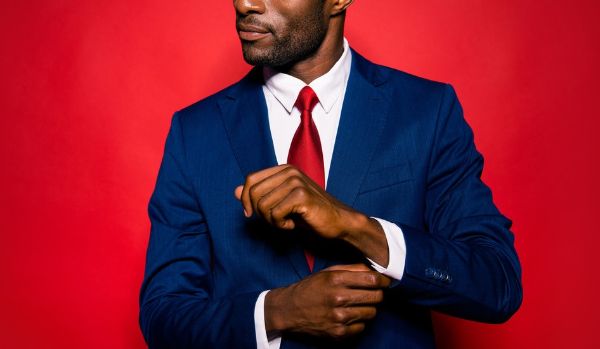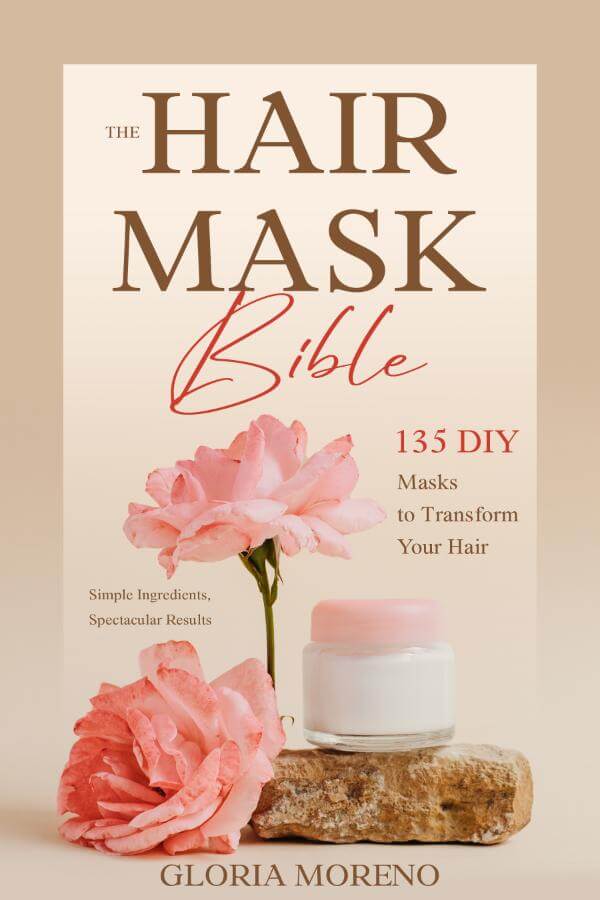
I’m going to discuss how to match your tie to your shirt and jacket in this article.
Many of you are putting together a wardrobe and trying to make a decision.
I’m not sure how I’m going to match all of this. What can I do to make it seem fantastic? How do I achieve a well-put-together look with a bit of a laid-back vibe?
I’m going to talk about it and give you five ground rules in the process. These aren’t going to be exact rules. I’m not going to tell you exactly what to do.
There are so many different sorts of ties, shirts, and fabrics used in sports jackets, suits, and blazers that I couldn’t possibly provide you specific combinations.
Instead, I present you with a set of foundational rules that you can apply in any case to answer the issue.
Table of Contents
Tie Should Match the Shirt and Jacket
The first thing to remember when putting this all together is that your tie should match your shirt and jacket, not the other way around.
You don’t go out looking for ties and then trying to find shirts and jackets to match them when you’re putting together a wardrobe.
Let’s start with the most expensive, most significant investment pieces, which will be your jackets, suits, shoes, and dress shirts.
The suits, sports jackets, and shoes will set you back hundreds, if not thousands of dollars. Shirts range in price from $50 to several hundred dollars for higher-end options.
I know a lot of you are looking at $50 to $70 for your shirts, and maybe a couple hundred for your jackets or suit jackets.
On the other hand, ties can be purchased for $10, $20, $50, or $100, depending on the quality, the location of manufacture, and the material used.
However, take note of the price difference.
When all is said and done, match your tie to your clothing. Don’t try to match your outfit to the tie.
The trick to accomplishing this is to keep your jackets and suits as simple as possible. All of my jackets are pretty much steady across my wardrobe, especially the ones I wear the most.
I keep my shirts very simple as well, however I do have a few small, repeating patterns. The majority of them are blue and white. Those are the ones I use the most.
It’s all about keeping things simple when it comes to having an interchangeable wardrobe. Most of my shirts and jackets are considered uninteresting or plain by some. But I consider ties, pocket squares, and other accessories to be spice.
This is where I get to enjoy myself.
You can then bring in a wide selection of neckties if you set your wardrobe upright, which is a very important feature.
Tie Proportions
When it comes to proportion, the width and length of the tie are the most important factors to consider.
If I measure one of my ties from point to point, I’ll get roughly three inches, maybe 3.25 inches, maybe three and a half inches.
If you’re in a store and don’t have a measuring tape with you, you can use a dollar bill as a substitute. The average dollar bill is around six inches long.
Simply fold it in half to get roughly three inches, which you may use as a rough reference.
You’ve gone too far if you start going over 3.5 inches, into the 3.75 to 4-inch region. You should avoid wearing a necktie like that.
Also, if it starts to get too thin, below three inches, you’re approaching the skinny tie range, and you should be cautious.
The importance of proportion is that it determines whether or not a necktie is classic and whether or not it appears proportionate when someone looks at you.
Another thing to consider is the width of your lapels, which should be roughly the same as the width of your necktie. This is a nice approach to keep things classic.

Tie Patterns
Obviously, a solid necktie is straightforward.
Because there is such a vast variety and range of patterns available, we’ll focus on dots and solids for neckties. We’re looking for modest, repetitive patterns.
Stripes will be seen, ranging from narrow stripes to regimental stripes to broader stripes. There will be paisleys out there.
The secret to matching patterns is to avoid placing identical patterns next to one other.
If my shirt has stripes running down it and my jacket is mostly solid, the tie must be a contrasting color. This is going to work.
I could bring paisleys into the room. I could add some dots. I could literally bring regimental stripes with me.
With this combination, any of those would work.
Going back to point one, this is the beauty of keeping your clothing simple and timeless.
Tie Colors
There will be some hues that are more straightforward to match.
Blues, greens, and purples, especially in cool tones, are my favorites.
What exactly do I mean?
It has a little bit of a shade to it. Instead of being brighter or lighter, it will be slightly darker.
Lighter colors, such as lavenders, yellows, light pinks, and light greens, are a little more difficult to match.
Neckties in reds, oranges, and gold are very common. Those will get people’s attention. If you’re going to wear one of these neckties, make sure you’re aware that the goal is to attract attention.
It’s like a robin out on a spring day with his large, orange breastplate, which he uses to attract mates.
If you’re giving a presentation, you’ll want to draw attention to your chest and facial area, and you’ll want to use reds and oranges.
Don’t go overboard with the brightness, and stay away from anything neon. Anything like that gets in the costume wear. Avoid bringing that into your closet.
Anything with a character on it, such as those Father’s Day neckties with a cartoon character, should be avoided.
I’m aware that some people receive these as gifts, and I used to have one with Spider-Man.
I really like that necktie, but it’ll be very informal, and it’ll draw a lot of attention to the necktie.
If that’s what you want to do for fun, go for it, but that’s not a traditional formal tie and will undoubtedly draw unwelcome attention to you.
Tie Styles
You’ll see bolo ties, woven ties, wool ties, silk ties, cotton ties, and a wide range of tie materials.
Concentrate on and choose traditional silk. That is an excellent place for a man to begin.
From there, you could consider bringing in a woven, cotton, or wool fabric.
You can probably pull off a bolo if you’re down in New Mexico or over in West Texas.
But watch out for cravats, ascots, and bow ties if you’re working in the region. I’m not saying you shouldn’t wear a bow tie. They’re actually quite beneficial, but if you go away from the traditional necktie, the one that goes up and down, it’s something you need to be mindful of. You must be cognizant of the message that these convey.
Hopefully, this information was useful and provided you with a better understanding of how to match a tie to a shirt.



